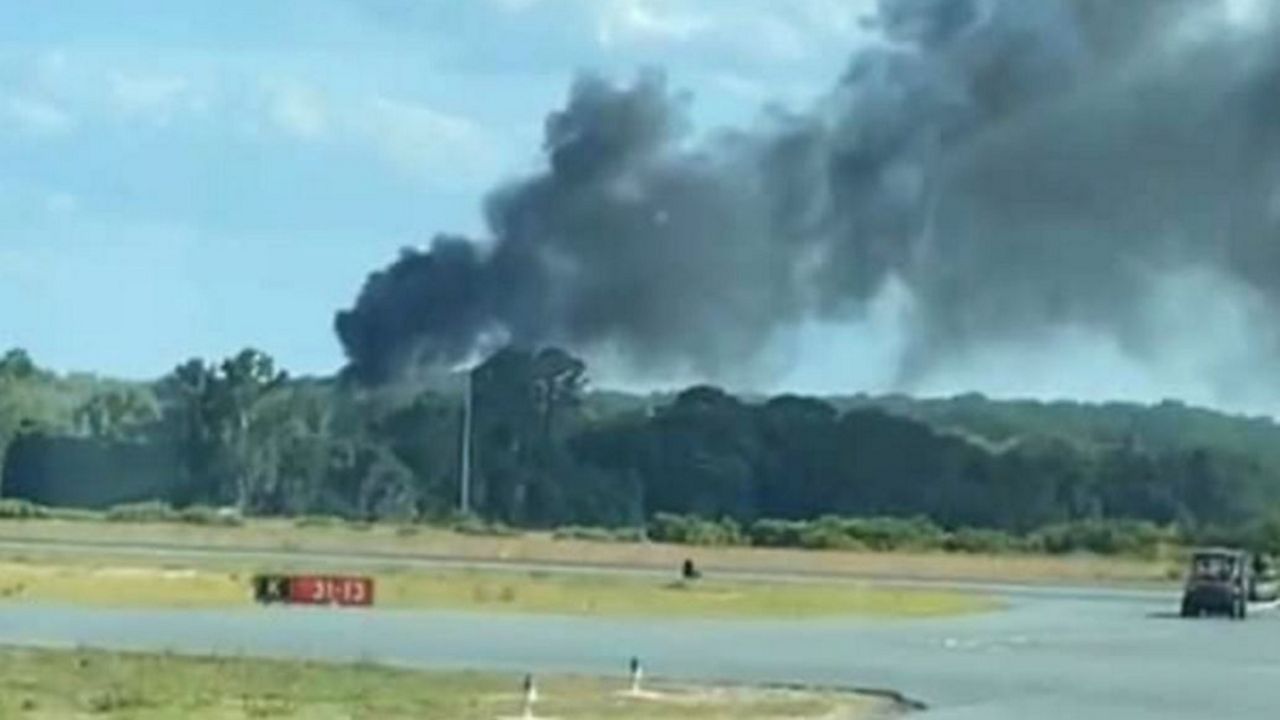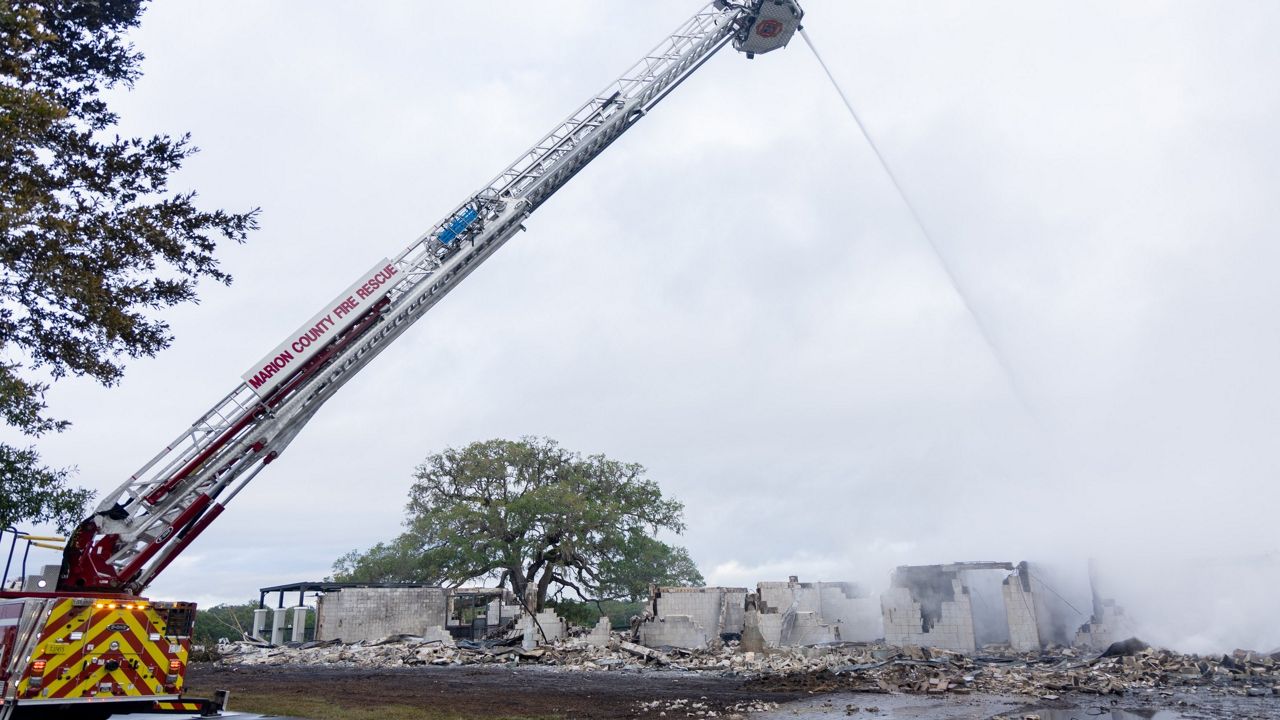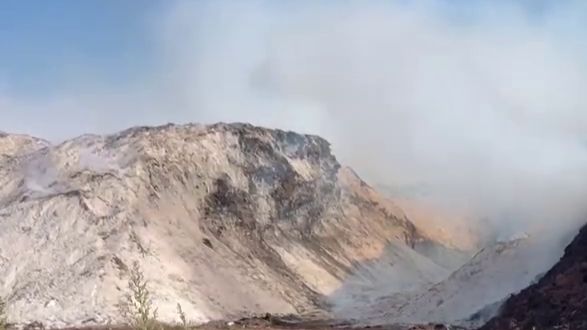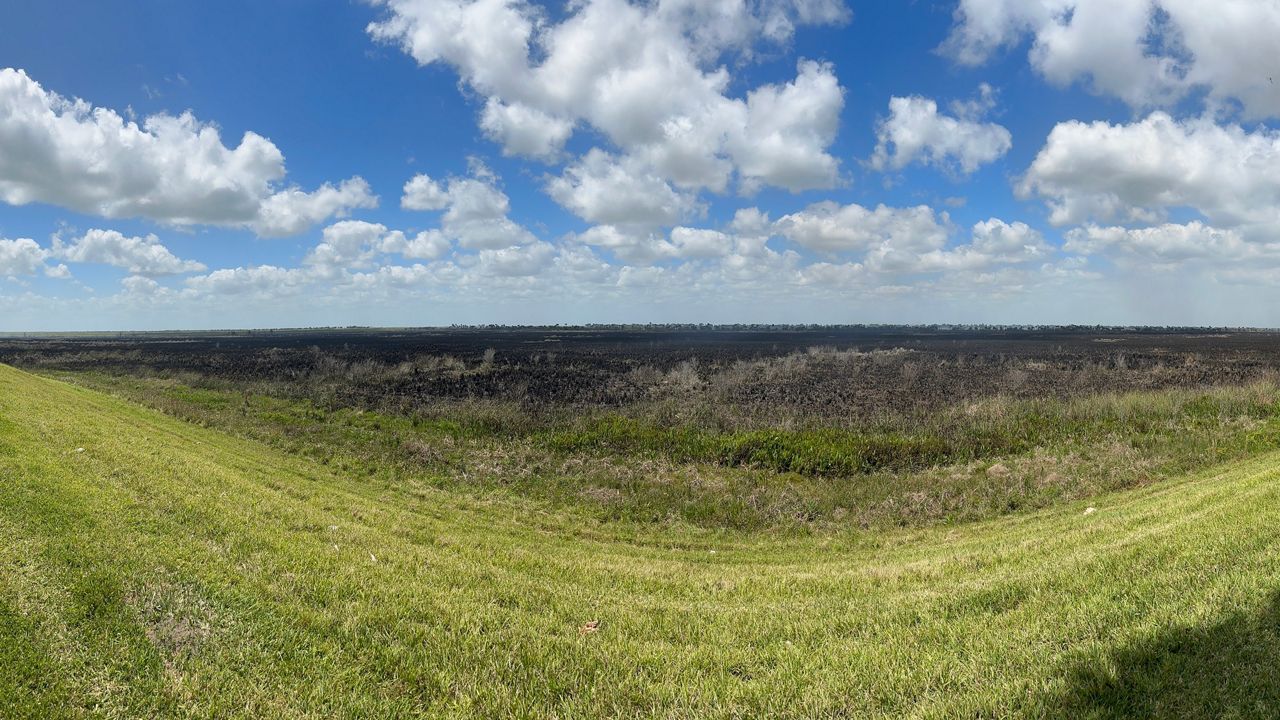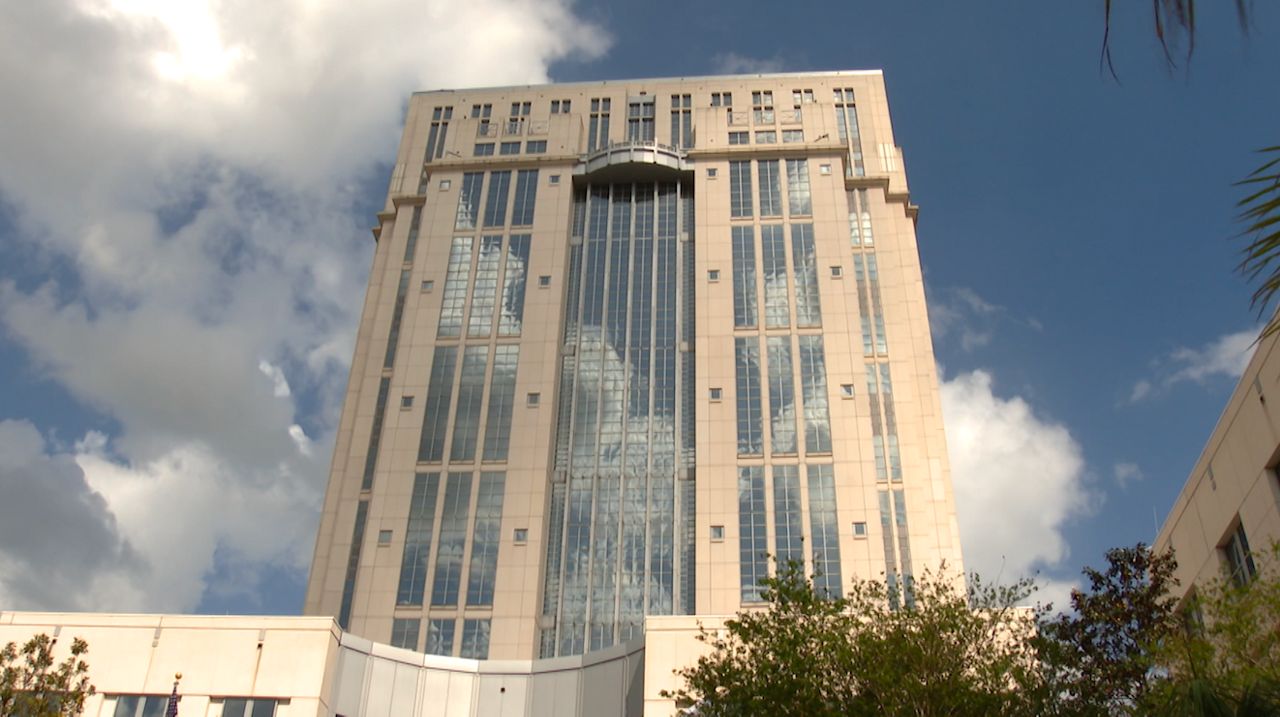LEESBURG, Fla. — A preliminary investigation into the crash of a firefighting helicopter that killed all four people aboard the aircraft on May 25 indicates a violently swinging snorkel attached to the helicopter likely caused the chopper to go down, the National Transportation Safety Board reported.
What You Need To Know
- The NTSB has issued a preliminary report on the crash of a helicopter in Leesburg
- The crash occurred May 25 during a firefighting operation
- A snorkel used to fill the water tank likely hit the rotor blades, the NTSB reported
- The deadly crash happened just over a week after the snorkel was installed
- RELATED: 4 dead in Black Hawk firefighting helicopter crash near Leesburg
Witnesses told the NTSB that the helicopter, a Sikorsky UH-60A, a Blackhawk registered to Brainerd Helicopters Inc., made six uneventful passes in front of the operator’s hangar and dropped water that was picked up from a lake adjacent to the airport.
On the seventh pass, an employee of the operator noticed the snorkel swinging, witnesses told the NTSB. The employee told NTSB he contacted airport control to alert the pilot. But before the aircraft could be reached, the helicopter started to move forward, and the witness heard a loud crash, which he told the NTSB he “believed was the result of the snorkel contacting the main rotor blades or tailboom,” the report said.
Pieces of the aircraft broke off, and the tailboom separated from the helicopter, which began to spin, witnesses told the NTSB, according to the preliminary report.
A loud explosion could be heard soon afterward.
The helicopter operator told the NTSB that a water tank and the snorkel, a large hose attached to a water tank to fill the tank from above a water source, were installed on the helicopter on May 17 to assist with firefighting efforts, the preliminary report said. Several days of ground testing and calibrations were performed before the crash, the operator told NTSB.
The flight that crashed was the first official operation after the snorkel and water tank were installed, according to the NTSB’s preliminary report.
The NTSB said wreckage from the crash was recovered, although some of it was damaged in the postcrash fire, and it will be further examined.
The NTSB did not indicate when its final report would be released.




